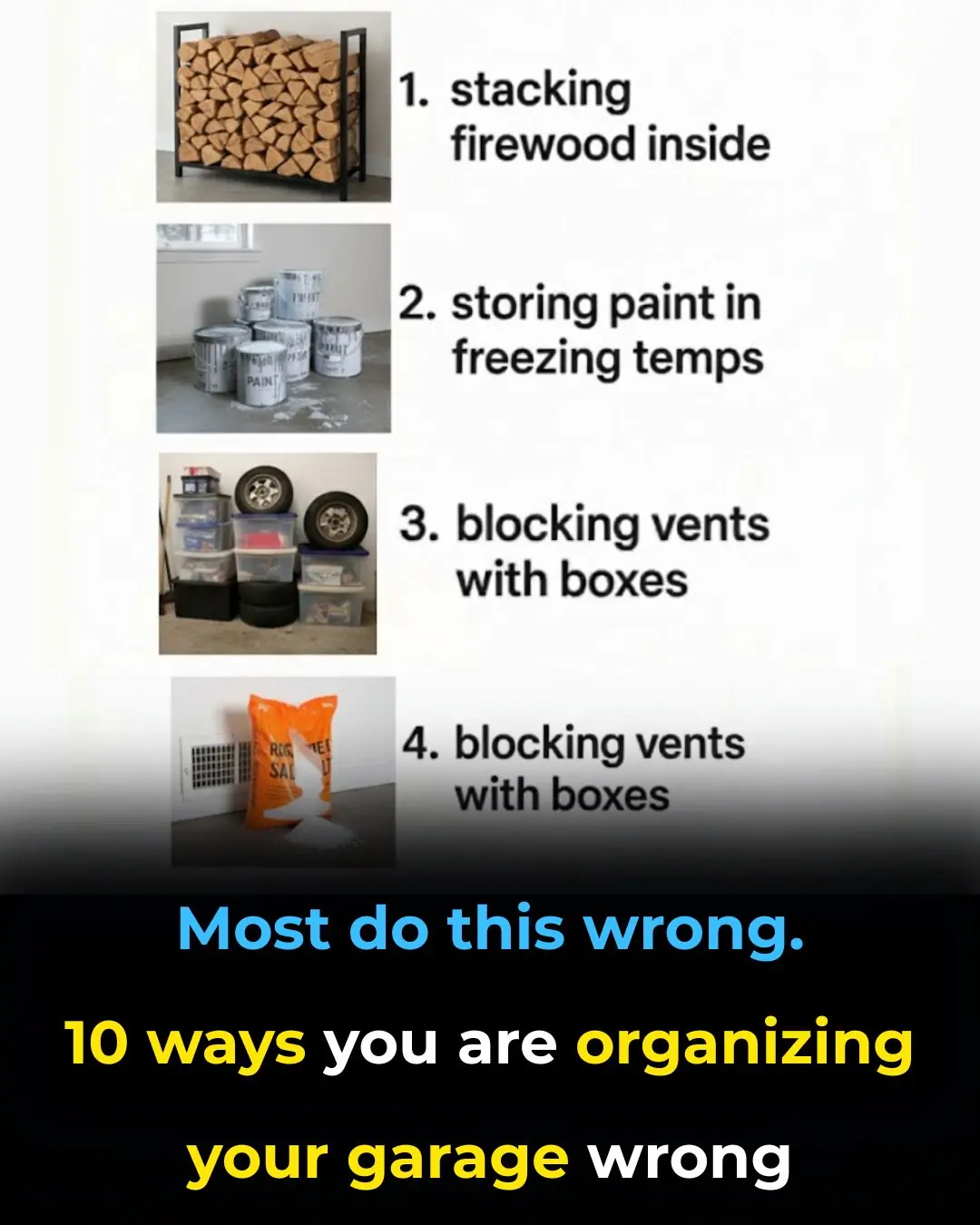
Hot Water Heaters Accumulate Limescale Over Time: Here’s How to Clean It Yourself Without Calling a Technician
Like other household appliances, hot water heaters require regular maintenance and cleaning to function efficiently. These devices are essential in every home, especially during the cold winter months. With just 15–20 minutes of heating, you can enjoy hot water before showering, making life much more convenient.
However, many people overlook the importance of cleaning their hot water heaters. Similar to a kettle, over time, the inside of a water heater can accumulate significant limescale and mineral deposits. This is primarily caused by minerals in the water, such as calcium and iron. When exposed to high temperatures, these metal ions react with the metal components inside the heater and form sediment or scale deposits.
The buildup of these deposits can lead to several issues. It can block water flow, reduce the amount of water available, and lower the heating efficiency of the appliance. In areas with hard water, the metal heating elements may even corrode. Over time, this can lead to holes, cracks, or leaks, posing electrical hazards. Therefore, regular cleaning and maintenance are crucial for ensuring your hot water heater operates safely and efficiently.
Fortunately, cleaning a hot water heater is not overly complicated. By understanding the structure of your appliance, you can remove deposits without professional help.
Most hot water heaters have a sediment drain valve. Simply opening this valve allows the accumulated deposits to flow out.
Step-by-Step Cleaning Guide:
-
Turn Off the Power and Water Supply: Before cleaning, always disconnect the heater from electricity and shut off the water supply. Then, drain all the hot water from the tank.
-
Disconnect Pipes and Safety Valves: Gradually remove the water inlet and outlet pipes along with the safety valve.
-
Open the Sediment Drain Valve: Once the tank is empty, gently open the drain valve located near the water inlet and outlet pipes. Handle it carefully, as it is often connected to a magnesium rod, which protects uncoated areas of the tank from corrosion. This rod helps prevent rusting and prolongs the life of the heater’s interior.
-
Flush the Tank: Attach a hose to the water inlet and let cold water flow into the tank. This will push the remaining sediment out through the drain valve. Flushing for 1–2 minutes is usually sufficient to remove most deposits.
-
Reassemble the Heater: Close the drain valve, remove the hose, and reattach the pipes and safety valve to their original positions.
-
Check the Magnesium Rod: Before reinstalling, clean the magnesium rod. If more than 60% of it is corroded, it should be replaced to prevent further damage to the tank.
-
Clean the Exterior: Wipe the outer surface with a cloth. For stubborn stains, a specialized cleaner can be used, followed by drying with a clean cloth.
-
Refill and Test the Heater: Open the hot water valve to release air while letting cold water fill the tank. When the water flows smoothly without air bubbles, close the valve. Reconnect electricity and use a tester to ensure there are no electrical leaks. Check the water temperature to confirm proper operation.
It is recommended to clean your hot water heater 1–2 times a year to keep it in good condition.
Important Note: Each water heater model has a slightly different design. Before attempting to clean your heater, familiarize yourself with its structure to avoid damaging the device and to ensure easy reassembly. Regular maintenance not only extends the life of your appliance but also ensures safer and more efficient operation.
News in the same category


Stop throwing out old plastic food containers. Here’s 10 brilliant hacks to use them around the house
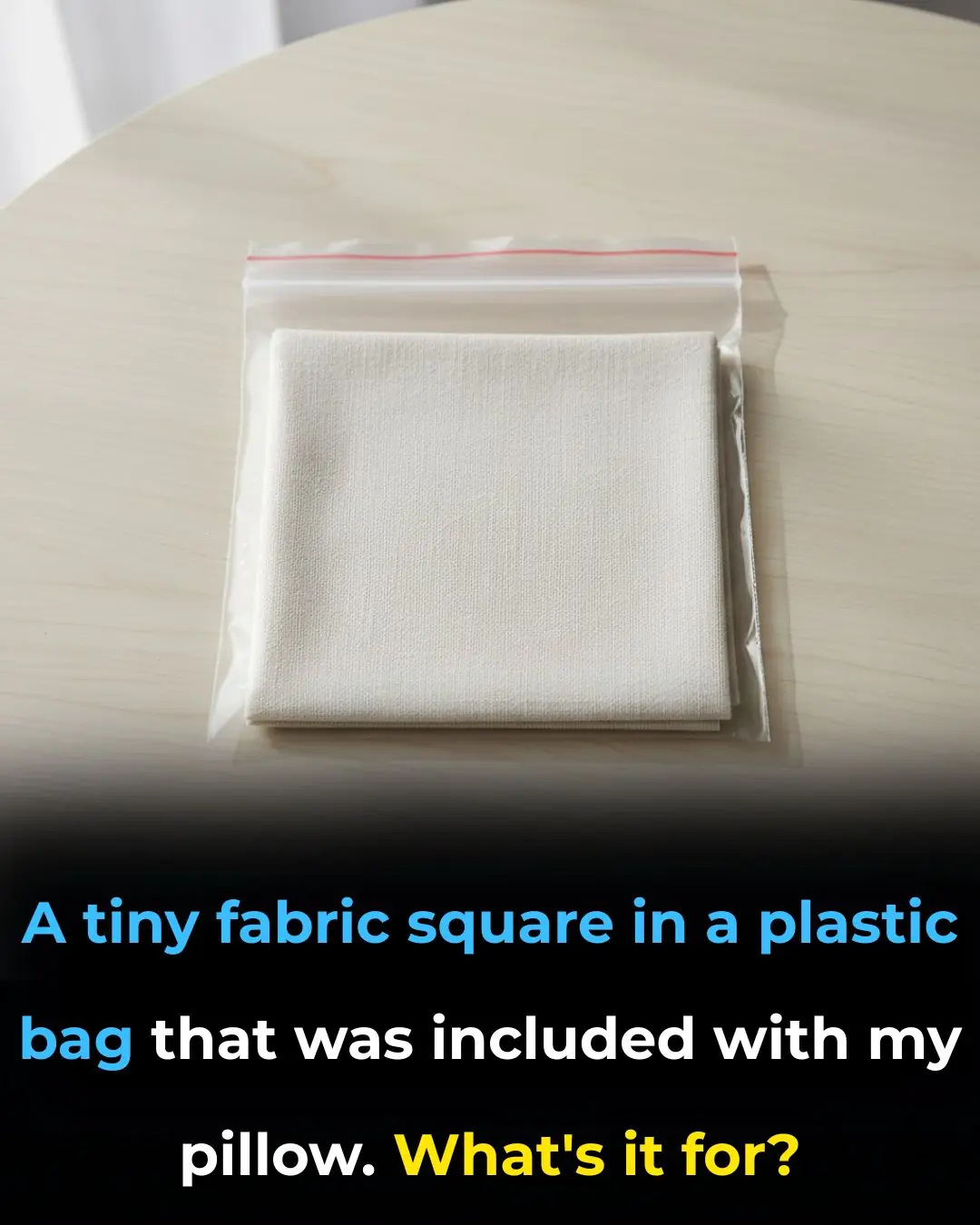
I had no idea

Most do this wrong. Here’s how often to clean gear in winter

Most do this wrong. Here’s how often to clean bedding in winter
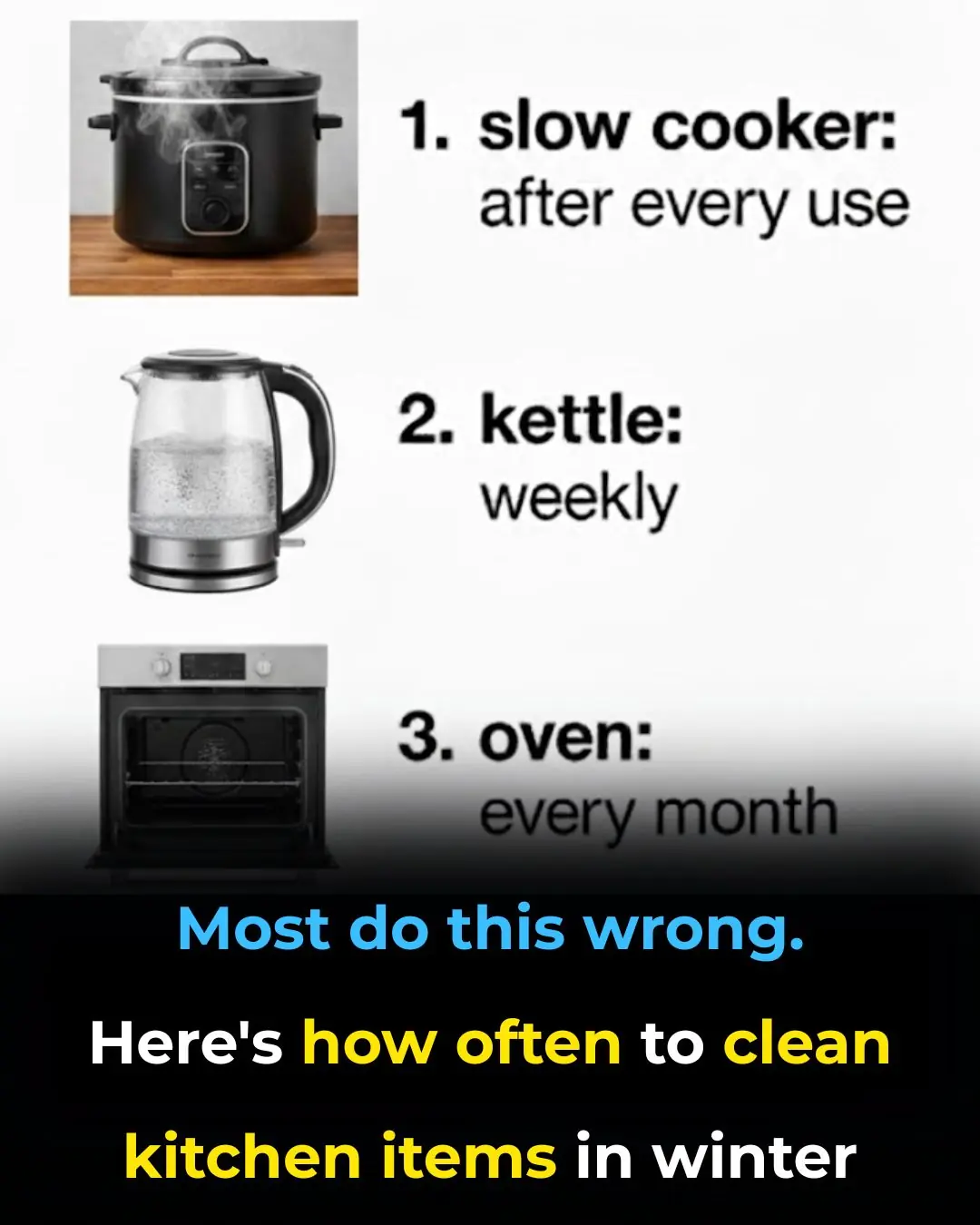
Most do this wrong. Here’s how often to clean kitchen items in winter
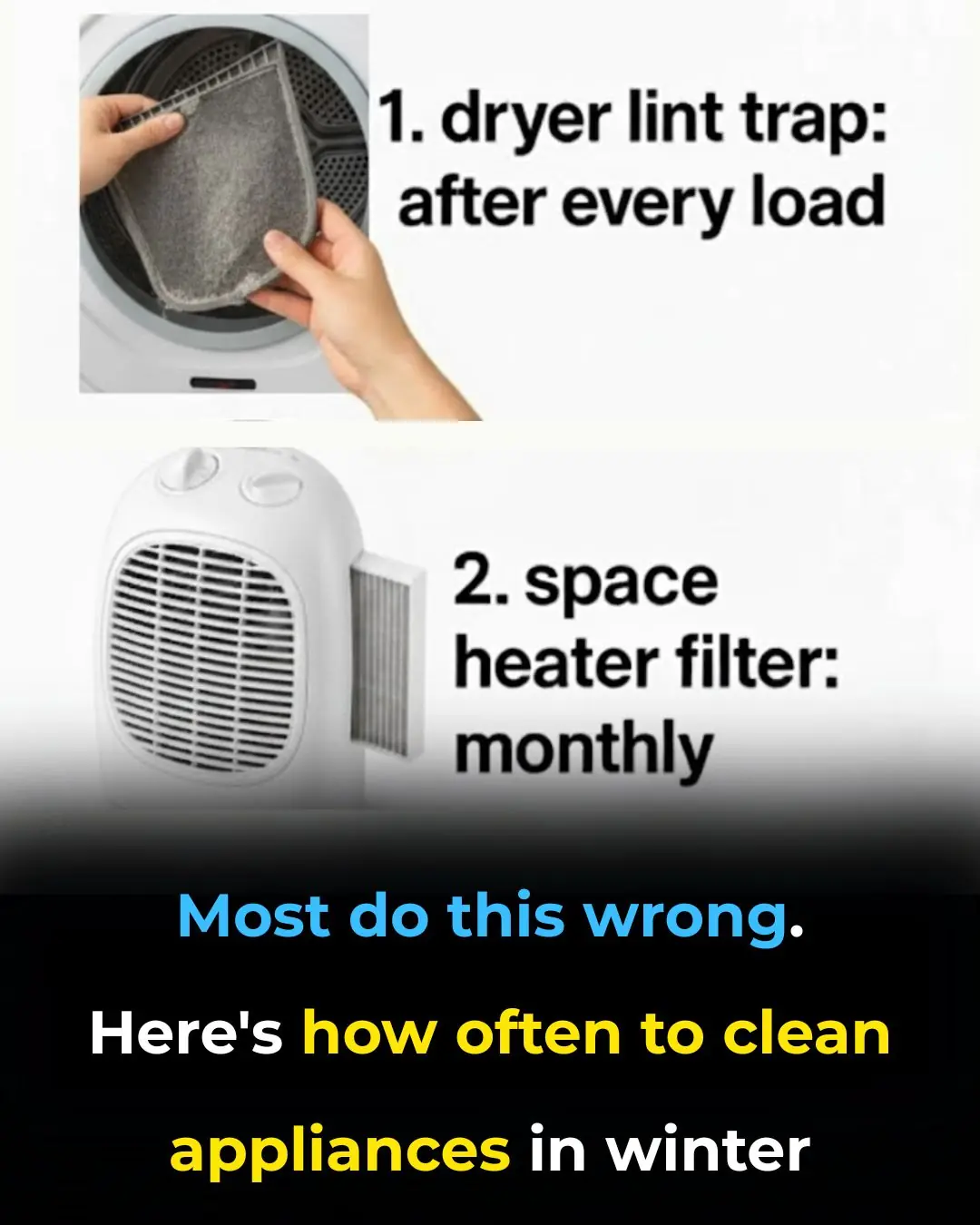
Most do this wrong. Here’s how often to clean appliances in winter

Most do this wrong. Here’s how often to refresh everything for winter

Stop freezing these 10 foods

10 top types of house spiders & how to get rid of each one
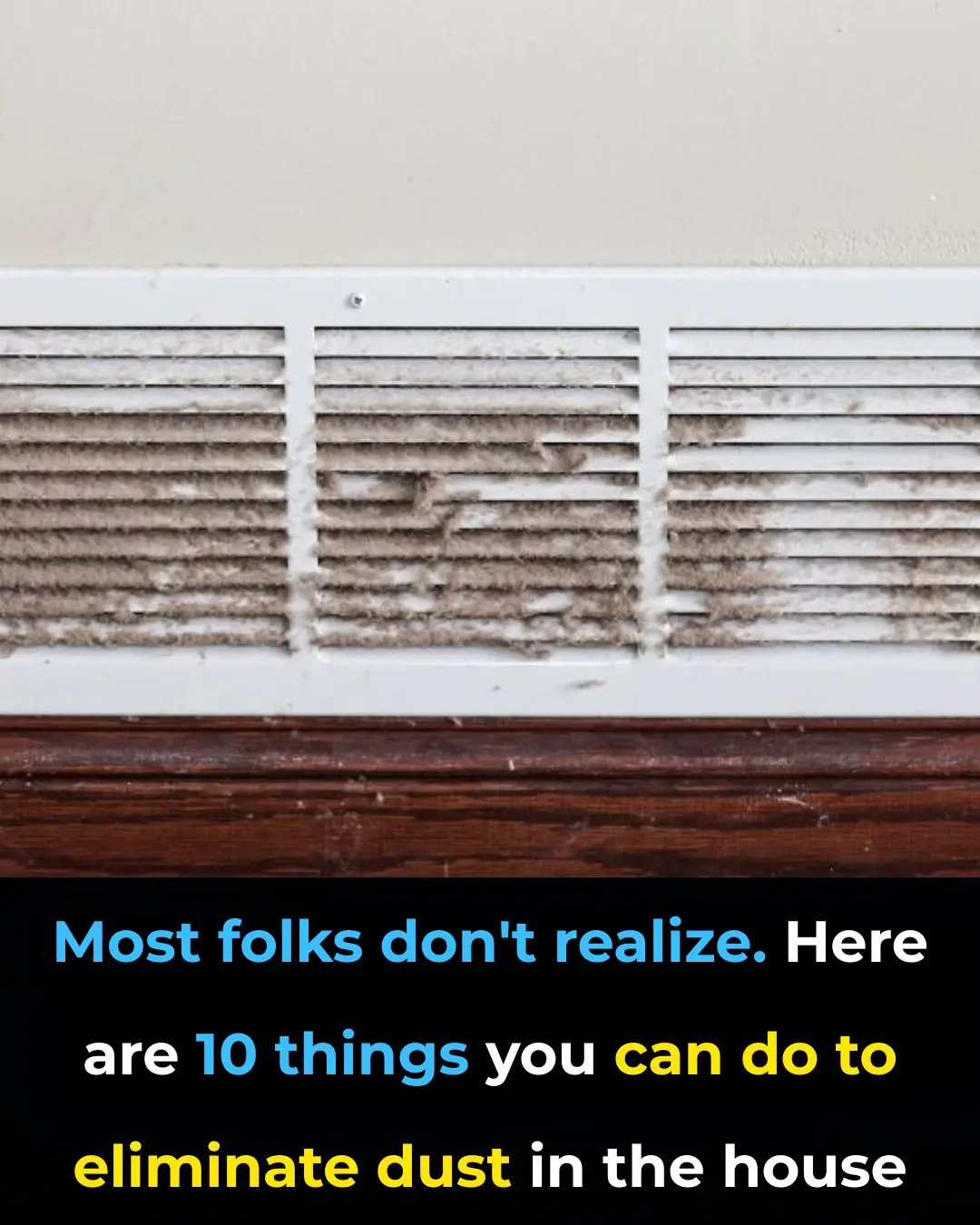
These ideas are brilliant

10 top types of house spiders & how to get rid of each one
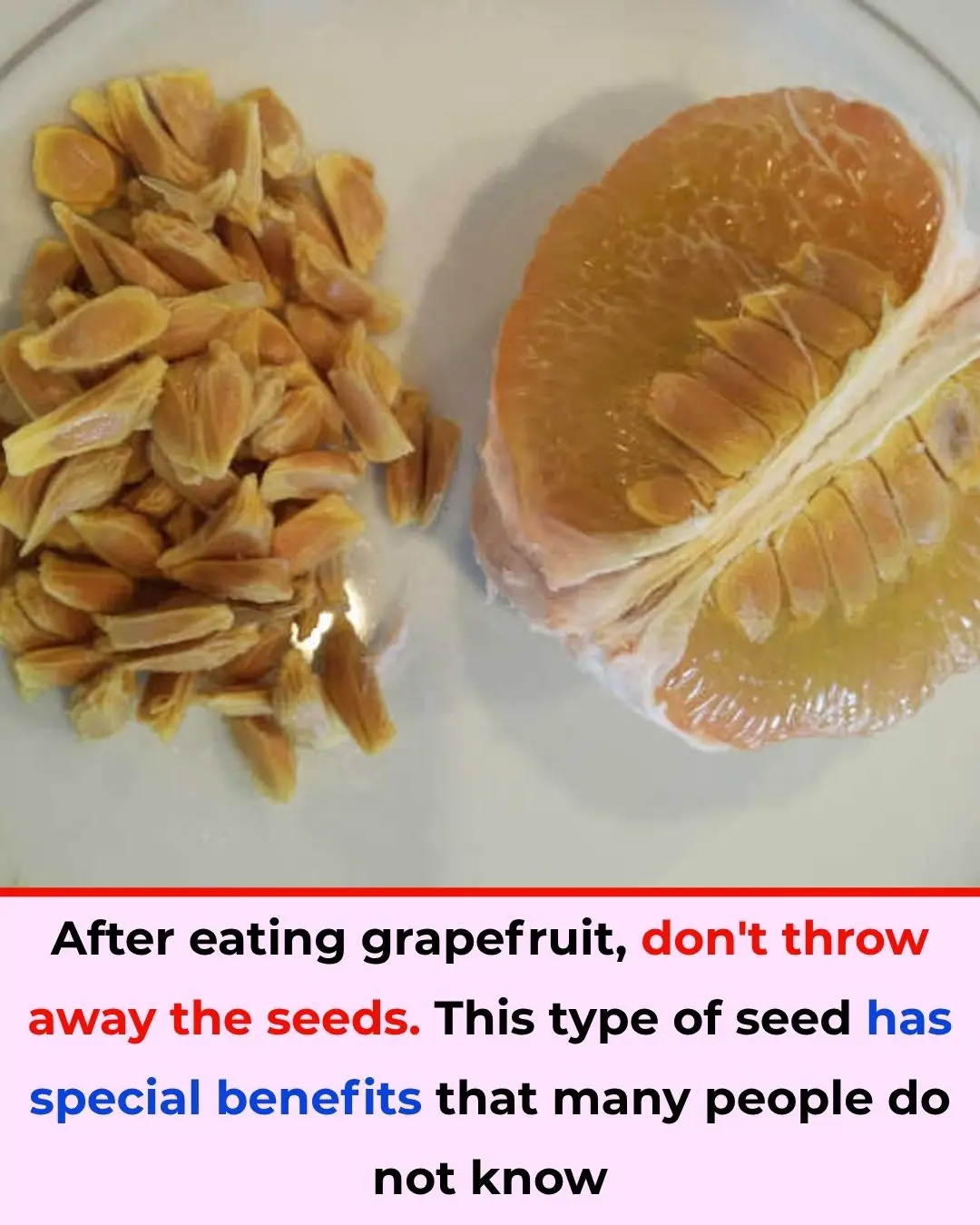
Don’t Throw Away Grapefruit Seeds – These Tiny Seeds Have Surprising Benefits

Sprinkle Salt Around Your Home on Rainy Days – It Sounds Strange, but the Results Are Amazing

Remove Bad Odors from Your Refrigerator Overnight with These Simple Tricks

I had no idea this was a thing
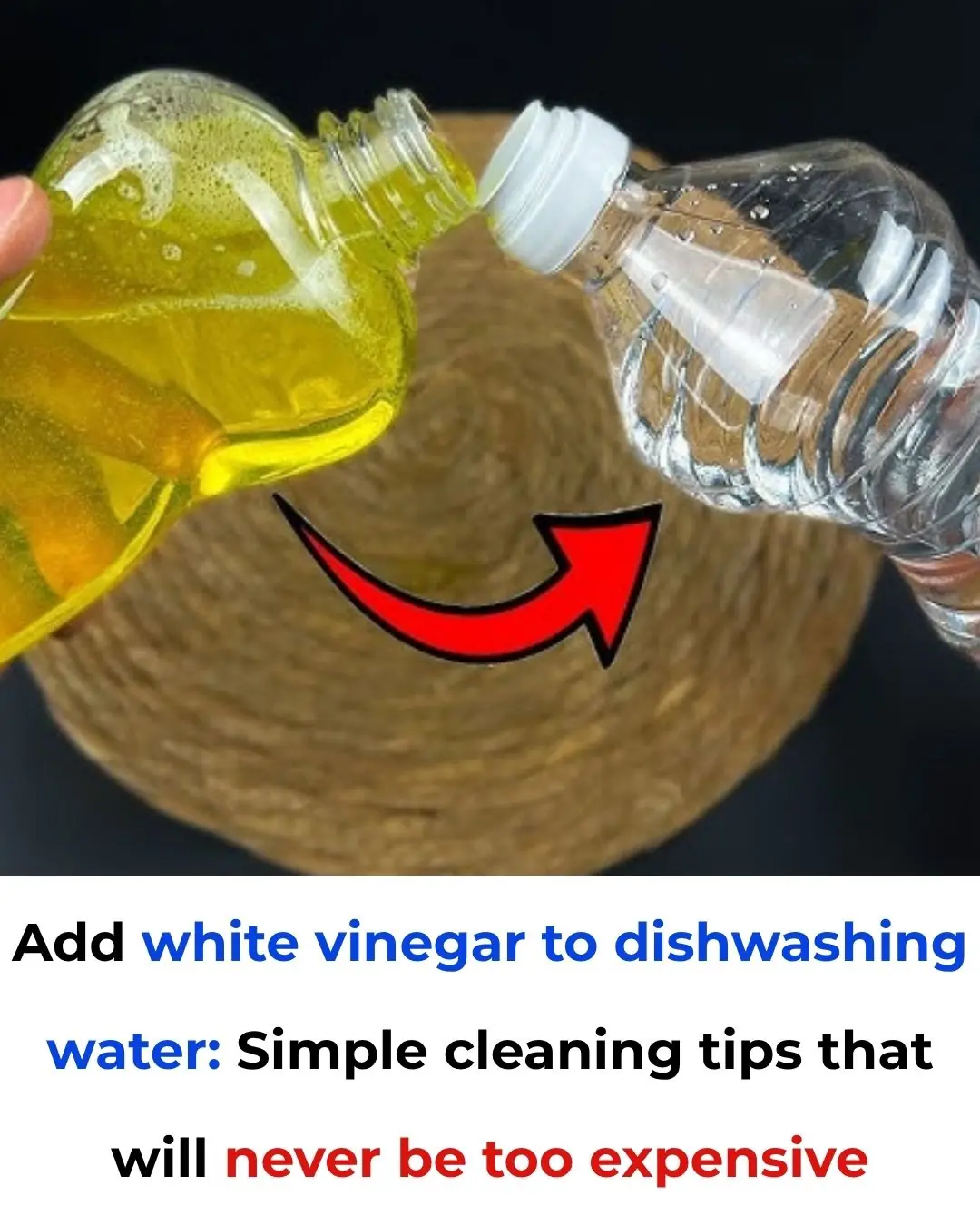
Add white vinegar to dishwashing water: Simple cleaning tips that will never be too expensive

Lady places cup of vinegar into microwave. Here’s the genius reason why

Works like a charm

My nana taught me this hack to make dusty blinds sparkle in 2 mins with 0 work. Here’s how it works
News Post

Most do this wrong. 10 ways you are organizing your garage wrong

Stop throwing out old plastic food containers. Here’s 10 brilliant hacks to use them around the house

I had no idea

Most do this wrong. Here’s how often to clean gear in winter

Most do this wrong. Here’s how often to clean bedding in winter

Most do this wrong. Here’s how often to clean kitchen items in winter

Most do this wrong. Here’s how often to clean appliances in winter

Most do this wrong. Here’s how often to refresh everything for winter

Double your hair growth with this “ONION JUICE” DIY

Salon like Keratin Treatment at Home
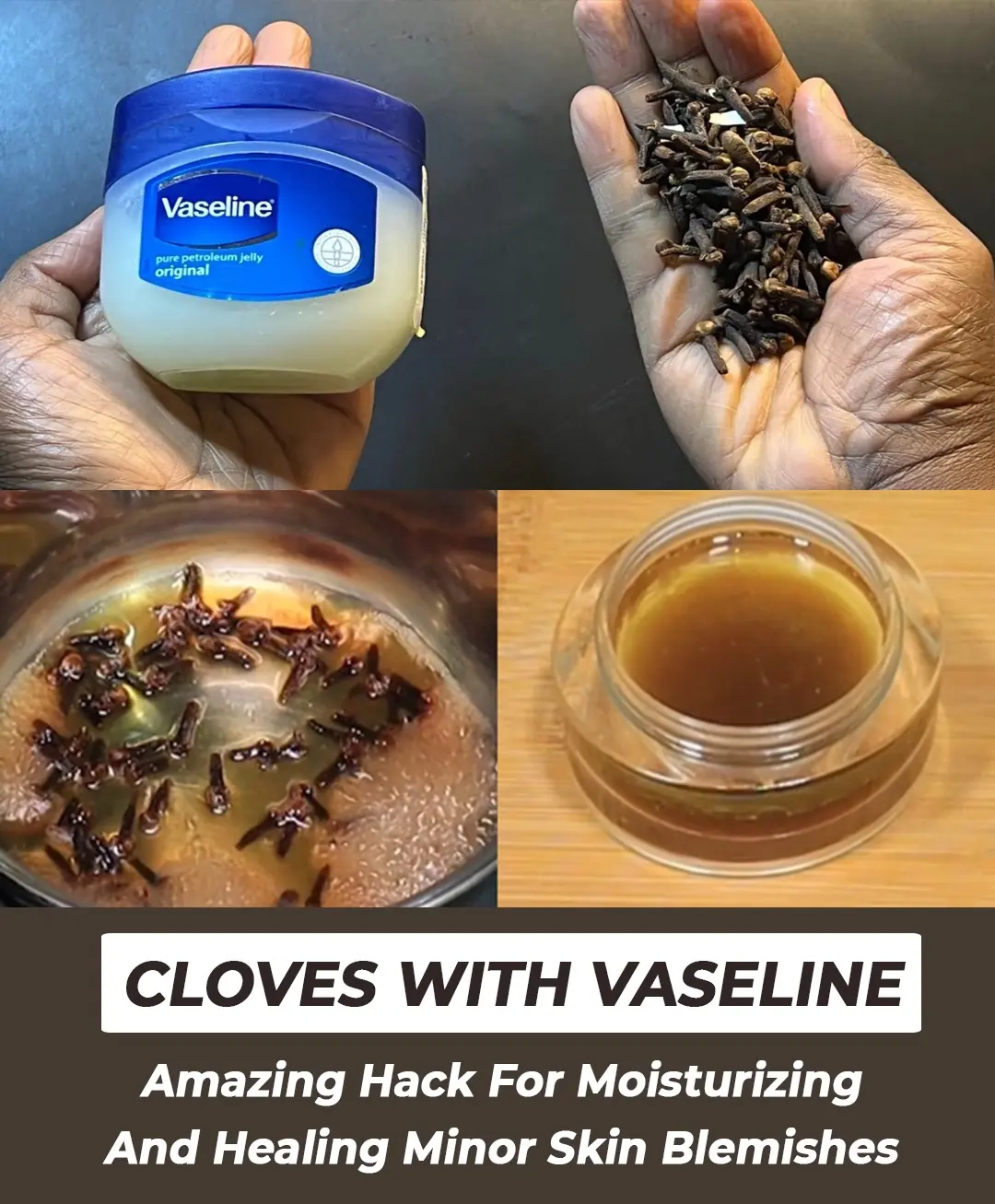
Mix Cloves with Vaseline: A Secret Skincare Hack
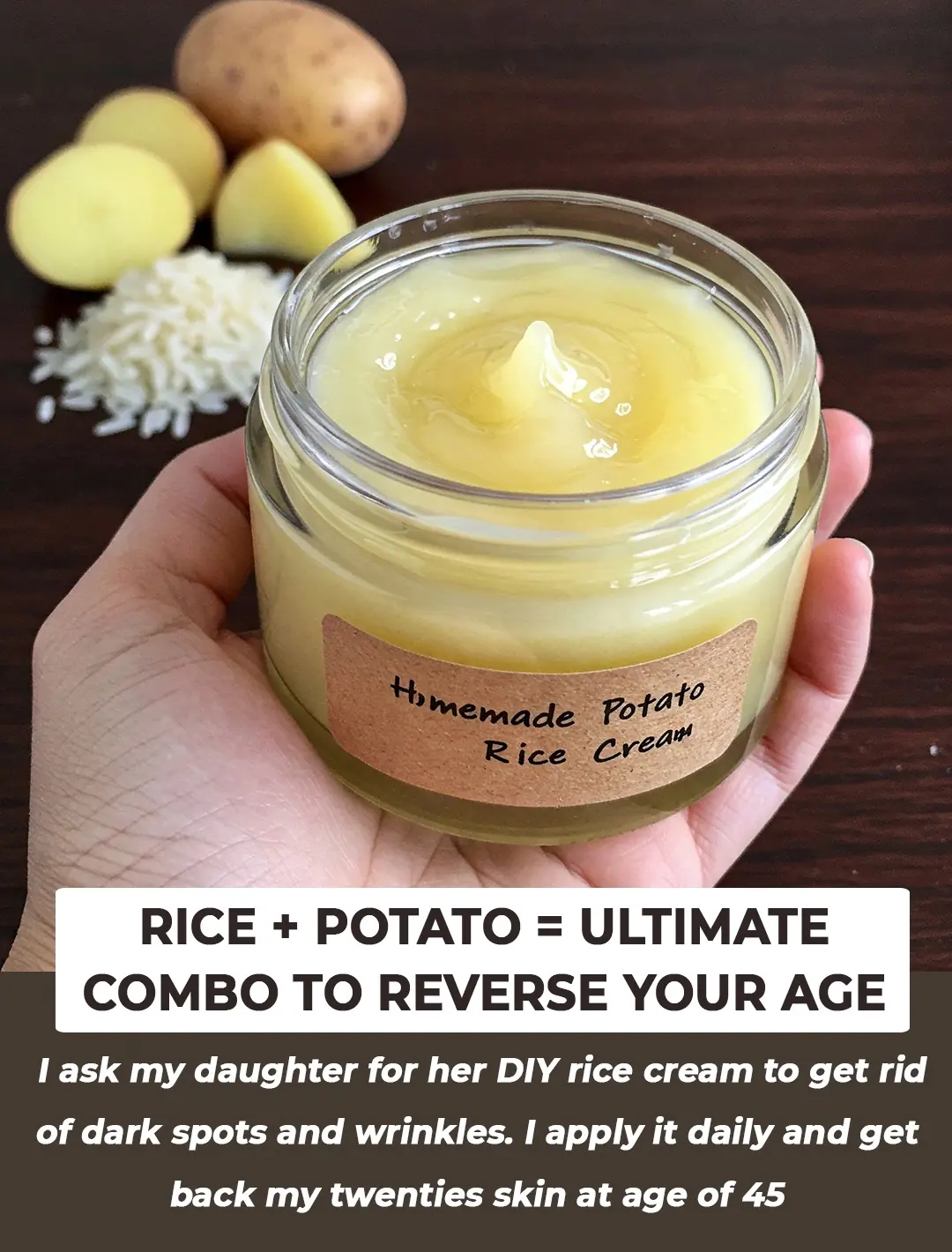
Homemade Potato and Rice Night Cream That’s Better Than Expensive Anti-Ageing Creams

Taylor Swift's brutal move after savage 27-second call

Alan Carr says Celebrity Traitors lie 'tore him apart' as he breaks down in tears at victory

Haley Kalil: The ‘unfortunate’ part of NFL divorce story exploding
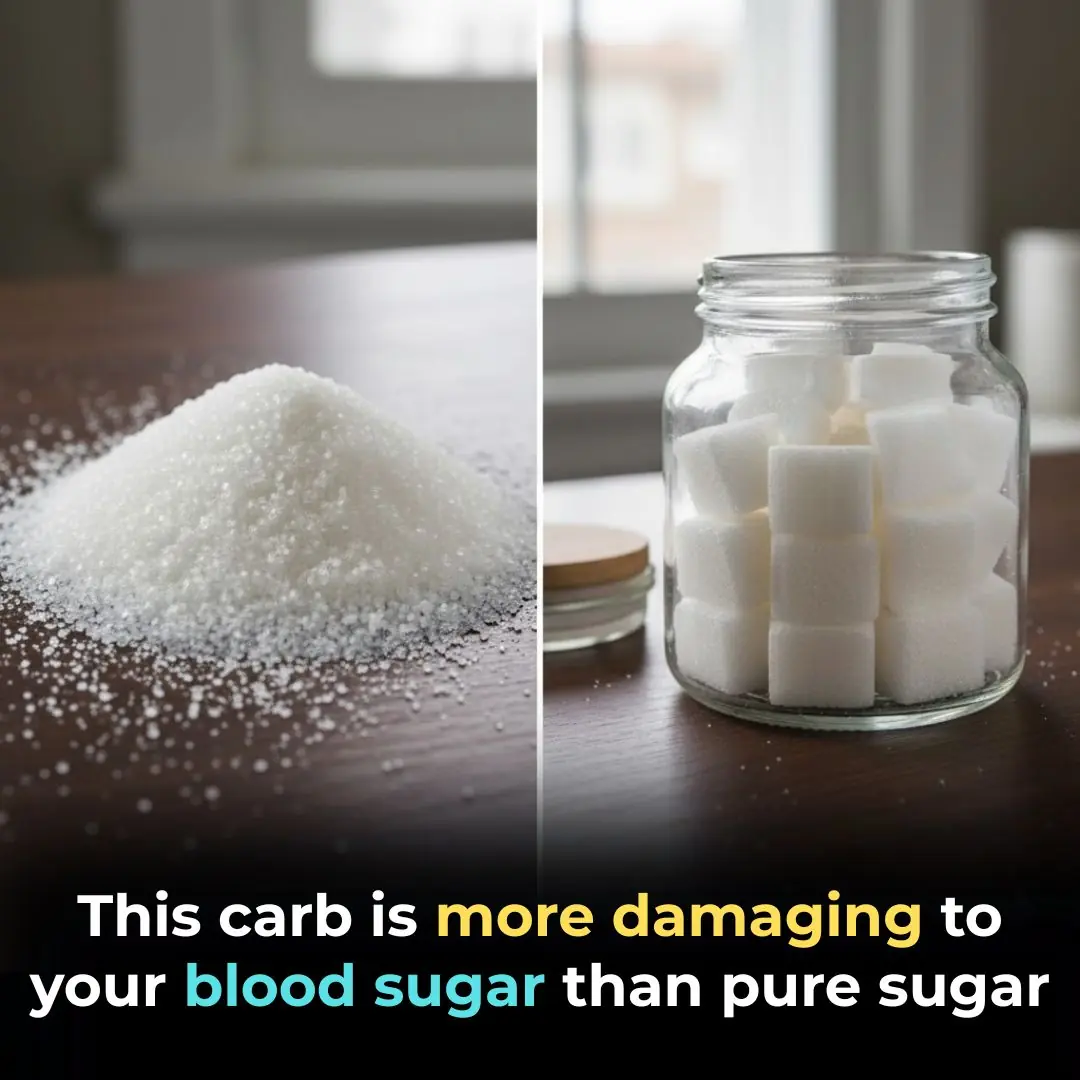
This carb is more damaging to your blood sugar than pure sugar

DIY Under-Eye Clove Cream for Dark Circles

Person 'sucked into plane engine' before takeoff dies in airport tragedy

The Powerful Juice That Fights Anemia, Fatty Liver, and Blurry Vision Naturally
